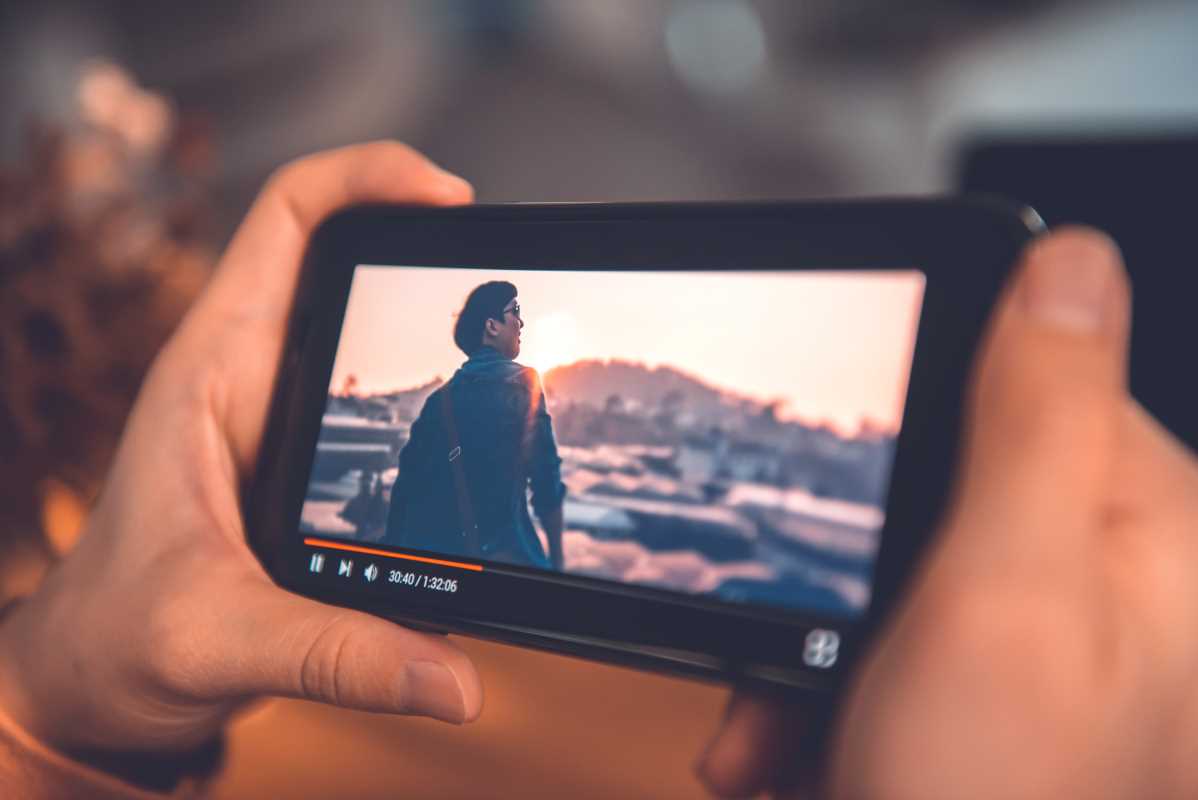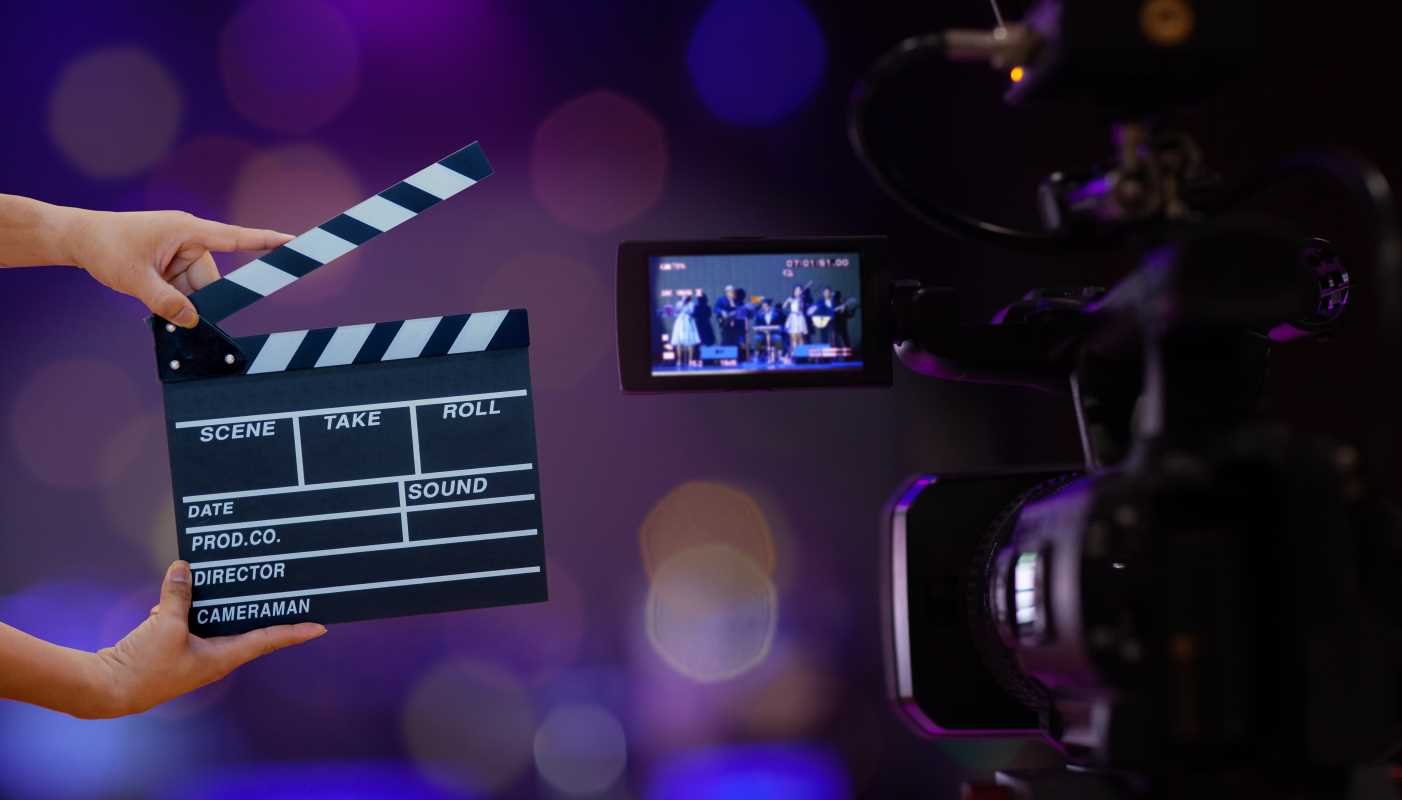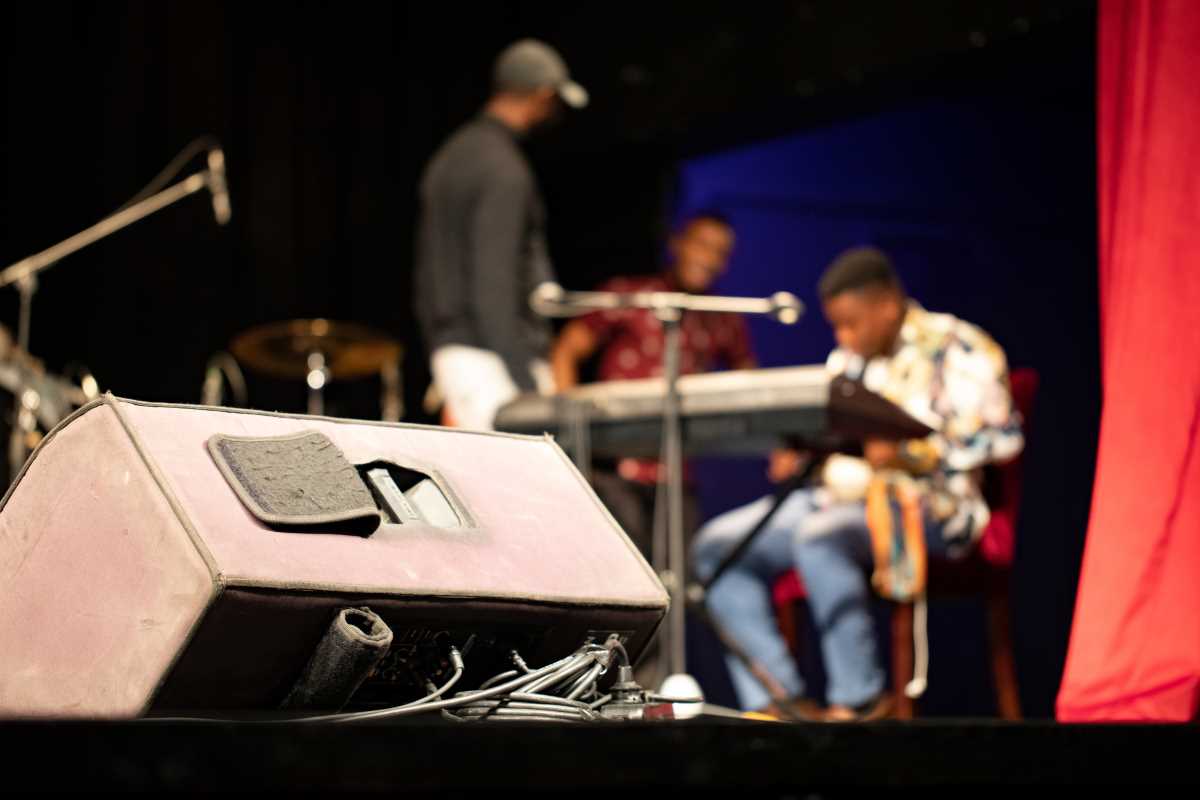Movies have been captivating audiences for decades, and one crucial aspect of a film's marketing is the trailer. Over the years, movie trailers have evolved significantly to keep up with changing audience expectations and technological advancements. Let's delve into the fascinating transformation of movie trailers over the decades.
The Early Days
In the early days of cinema, movie trailers were simple and straightforward. They often featured a narrator providing a synopsis of the film while showcasing key scenes. These early trailers were more about presenting the story in a clear, no-frills manner than about creating hype or excitement.
The Rise of Dynamic Visuals and Sound Effects
As technology progressed, trailers started incorporating more dynamic visuals and sound effects to entice viewers. This shift marked the beginning of a more engaging and visually stimulating approach to promoting films. The inclusion of dramatic sound effects and engaging visuals helped to capture the audience's attention and generate interest.
The Digital Age
With the rise of the internet and social media, movie trailers have become a crucial part of a film's promotion strategy. Studios now release teasers and multiple trailers to generate buzz and keep audiences engaged leading up to a film's release. Additionally, trailers are now tailored for specific platforms, such as YouTube and Instagram, to reach wider audiences and leverage the unique features of each platform.
The Role of Music
One significant shift in movie trailers is the use of music. In the past, trailers relied on generic soundtracks or classical music. Nowadays, trailers feature popular songs or specially composed scores that enhance the emotional impact of the visuals. Music plays a crucial role in setting the tone and creating anticipation for a film, often becoming as memorable as the trailer itself.
Length and Structure
Another notable change is the length of trailers. In the past, trailers were typically around two minutes long. Today, trailers vary in length, with some teaser trailers lasting under a minute and extended trailers running over three minutes. This variation allows studios to cater to different audience preferences and experiment with storytelling techniques, providing a more customized promotional experience.
Editing Style
Moreover, the editing style of trailers has evolved over the decades. Modern trailers often use quick cuts, montages, and flashier visual effects to grab viewers' attention. These techniques aim to create excitement and intrigue while providing a glimpse of the film's narrative without revealing too much. The fast-paced editing style reflects contemporary audiences' shorter attention spans and desire for immediate gratification.
Conclusion
In conclusion, the transformation of movie trailers over the decades mirrors the evolution of filmmaking and audience preferences. From traditional narrated trailers to highly stylized and visually captivating teasers, trailers have become an integral part of the movie-watching experience. As technology continues to advance, we can expect movie trailers to become even more immersive and innovative, keeping us eagerly anticipating the next big blockbuster.
(Image via Adobe)
 (Image via
(Image via

.jpg)



